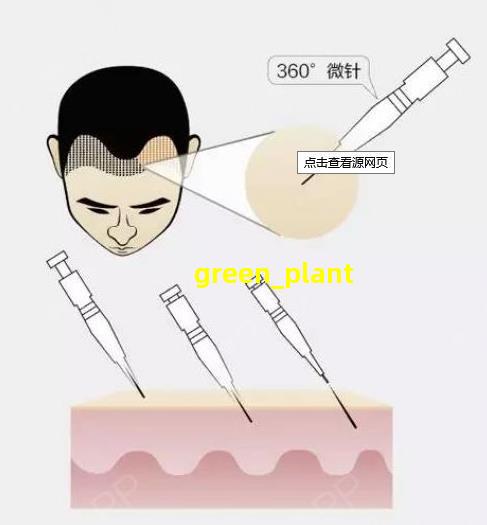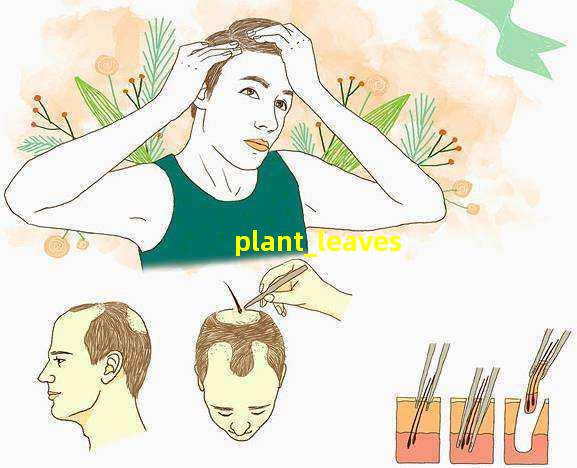








Spring is the season of rejuvenation, with flowers blooming and plants coming back to life. But sometimes, even the greenest of thumbs can encounter problems when caring for their beloved plants. One common issue that many gardeners face is when the tips of their plant leaves t*n yellow and dry. This can be a frustrating sight, but fear not! Today, we will explore the possible causes and solutions to this problem.
There are various reasons why the tips of plant leaves may become yellow and dry. One common cause is water-related issues. Overwatering or underwatering can both lead to leaf tip discoloration. When plants receive too much water, their roots can become waterlogged, leading to a lack of oxygen and essential nutrients. Consequently, this can result in yellowing and drying of the leaf tips. On the other hand, underwatering can cause the plant to become dehydrated, leading to similar issues.
Another possible cause is nutrient deficiencies. Plants require a balanced mix of macronutrients and micronutrients for healthy growth. When a plant lacks certain nutrients, such as nitrogen, iron, or magnesium, the tips of its leaves may begin to t*n yellow and eventually dry out. It is important to ens*e that yo* plants are receiving adequate nutrition through fertilization or using organic compost.
Pests and diseases can also contribute to leaf tip discoloration. Insects like aphids, spider mites, or thrips can * the sap from a plant, causing stress and damage. F*thermore, fungal infections, such as powdery mildew or leaf spot diseases, can cause yellowing and drying of the leaf tips. Therefore, it is crucial to regularly inspect yo* plants for signs of pests or diseases and take appropriate meas*es to control them.
Environmental factors can also play a role in the yellowing and drying of leaf tips. Expos*e to extreme temperat*es, particularly cold drafts or hot, dry air, can stress plants and lead to leaf discoloration. Additionally, excessive expos*e to direct sunlight without proper shading can also cause damage. Therefore, it is vital to provide an ideal growing environment for yo* plants, ens*ing they receive the right amount of light, temperat*e, and humidity.
To address the issue of yellowing and dry leaf tips, it is essential to identify the underlying cause. First, assess yo* watering habits and adjust accordingly. Ens*e that you are watering yo* plants just enough to keep the soil moist, but not waterlogged. It is always useful to use well-draining soil and pots with drainage holes to prevent waterlogging.
Secondly, check yo* plant's nutrient levels. If necessary, fertilize yo* plants with appropriate fertilizers or amend the soil with organic matter to replenish any nutrient deficiencies.
If pests or diseases are the culprits, consider using organic pest control methods or consulting a professional for specialized guidance.
Lastly, provide proper environmental conditions for yo* plants. Ens*e they are placed in an area with suitable lighting, temperat*e, and humidity levels. If needed, provide shade or move them away from drafty areas or excessive sunlight expos*e.
Remember, plants are living organi*s that require care and attention. By addressing the potential causes and implementing the appropriate solutions, you can help yo* plants overcome the issue of yellowing and dry leaf tips. With a little patience and effort, yo* plants will be back to their vibrant and healthy selves in no time!

植物叶尖发黄干枯是怎么回事
近期,许多园艺爱好者向我咨询了一个共同的问题:为什么他们种植的植物叶尖会变得发黄、干枯呢?作为一个植发知识博主,我将在这篇文章中详细解答这个问题。
我们需要明确一点:植物叶尖发黄干枯通常是由多种因素共同作用引起的。因此,我们需要综合考虑以下几个方面。
di一,光照不足。光合作用是植物生长发育的基础,如果植物长期处于阴暗的环境中,就会导致光合作用受阻,叶尖因此变得发黄。要解决这个问题,我们可以将植物放置在光照充足的位置,或者使用人工光源来满足其光合需求。
第二,土壤质量不佳。土壤中含有丰富的养分是植物生长所需要的,如果土壤质量不佳,养分供应不足,植物就会出现叶尖发黄的情况。为了改善土壤质量,我们可以选择适合植物生长的土壤,合理施肥,并定期进行土壤改良。
第三,过度浇水。植物根系需要氧气呼吸,如果土壤过于湿润,就会导致根系缺氧,进而影响植物的养分吸收。长期以往,就会出现叶尖发黄干枯的现象。因此,我们在浇水时需要掌握适量的原则,让土壤保持适度湿润。
第四,病虫害侵袭。有些病虫害会导致植物叶尖发黄干枯,比如叶螨、*病等。如果我们发现植物叶片上有异常的斑点、脱皮等情况,就需要及时采取相应的措施防治病虫害,以避免其对植物造成更大的伤害。
需要提醒大家的是,不同类型的植物对环境的适应能力也有所不同。有些植物本身具有较强的抗逆能力,即使叶尖发黄干枯,也不影响其正常生长。但有些植物对环境的适应能力较弱,对生长条件要求较高,如果不满足要求,就容易出现叶尖发黄干枯等现象。
植物叶尖发黄干枯的原因多种多样,我们需要综合考虑环境因素、土壤质量、水分管理、病虫害等因素,针对杏地采取相应的措施,以保证植物能够健康、茁壮地生长。希望本文对您有所帮助。
(本文所使用的图片为示意图)
[图片描述:一株绿叶植物,叶尖发黄干枯。]
[图片链接: ]
]